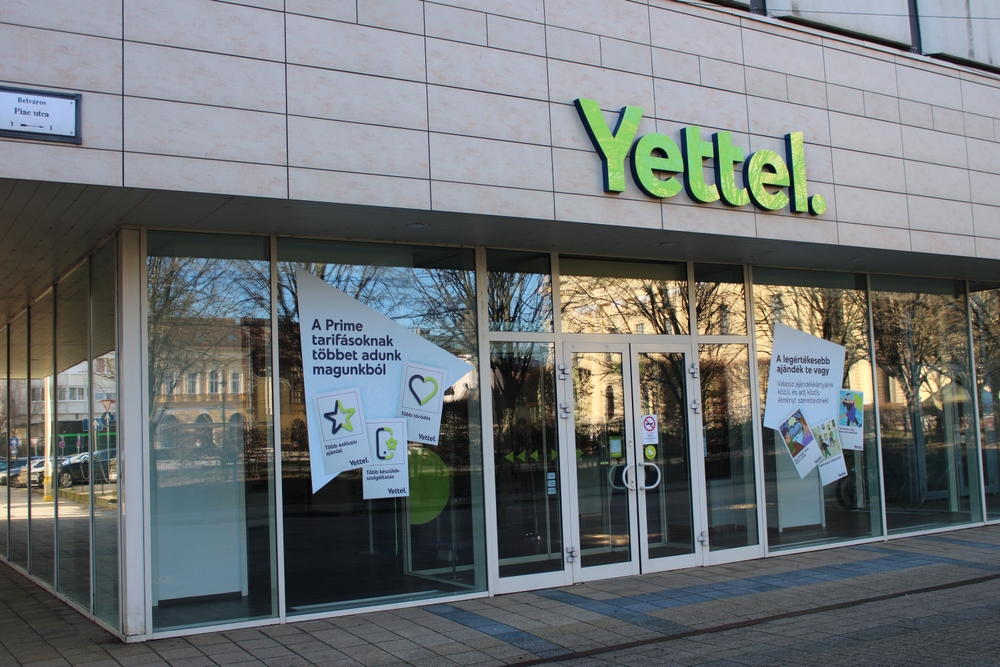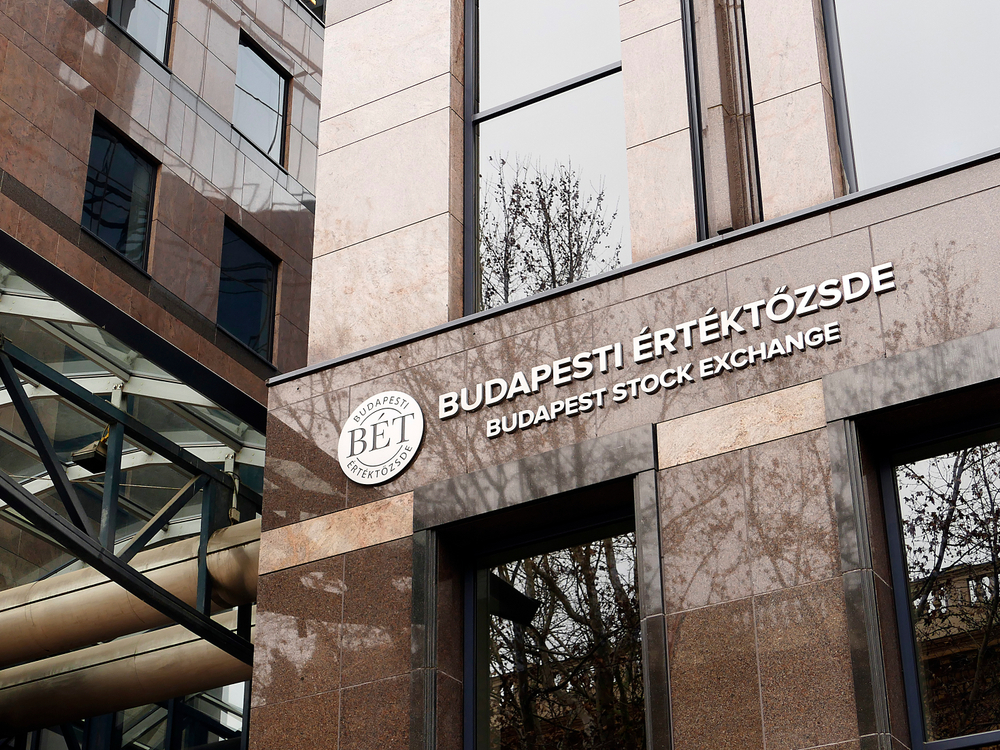Profit higher, bad debts lower at Hungaryʼs OTP

Fourth-quarter after-tax profit of OTP Bank, Hungaryʼs biggest commercial lender, jumped 159% year-on-year to HUF 68.5 billion, lifted by an increase in lending activity and a strong performance by the bankʼs foreign units, an earnings report released early today shows.
Net interest income rose 6% to HUF 140.5 bln and net revenue from commissions and fees increased 20% to HUF 58.1 bln. Total assets stood at HUF 13.190 trillion at the end of December, up 18% from 12 months earlier. Client loans rose 15% to HUF 7.690 tln and client deposits were up 21% at HUF 10.233 tln, national news agency MTI reports.
OTP Bankʼs foreign units generated 40% of consolidated profit, after adjustments, up from just 10% in the base period. After-tax profit of its Bulgarian unit, DSK Bank, soared 123% to HUF 10.4 bln, after-tax profit of OTP Bank Russia rose 39% to HUF 6.3 bln and after-tax profit of the Croatian unit reached HUF 6 bln after breaking even in the base period. Profits in Croatia were supported by the acquisition of Splitska Banka, the countryʼs fifth-biggest lender, from Franceʼs Societe Generale in the spring.
After-tax profit of OTP Bankʼs core business in Hungary rose 33% to HUF 31.7 bln. Basic earnings per share came to HUF 262. ROE, from adjusted net earnings, rose 6.6 percentage points to 14.7%. ROA was up 0.8 percentage point at 1.9%.
OTPʼs after-tax profit for the full year climbed 39% to HUF 281.3 bln. Net interest income rose 5% to HUF 546.7 bln and net revenue from commissions and fees increased 19% to HUF 209.4 bln. Total risk costs were halved to HUF 45.7 bln from HUF 93.2 bln in the base period.
The lender also benefited from a reduction in the corporate tax rate from 19% to 9%, paying HUF 37.3 bln in corporate tax, 14% less than in 2016. Basic earnings per share were HUF 1,074 for the full year. OTP said its gross liquidity reserves reached the equivalent of EUR 8.3 bln at the end of 2017.
OTP said it sold and wrote off HUF 255 bln of loans in 2017. While the stock of non-performing loans – those past 90 days due – rose by HUF 50.8 bln, the NPL ratio declined 5.5 percentage points to 9.2%. OTP noted that its NPL ratio was last under 10% in 2009. In Hungary, OTPʼs NPL ratio stood at 6.4% at the end of 2017.
In a section on management guidance in the report, OTP said comparisons between 2017 figures and 2018 targets would be "difficult" because of the expected impact of acquisitions. "Beyond the capital required for organic growth the management intends to allocate a significant part of the generated excess capital for further value-creating acquisitions," OTP said.
Excluding the impact of acquisitions, OTP said FX-adjusted growth of performing loans "may be close" to the organic increase in 2017. "Within that, the increase of household exposures may intensify, whereas the pace of corporate book expansion - following an outstandingly strong performance in 2016 and 2017 - may somewhat decelerate," it added.
The NPL ratio could continue to decline, but total risk costs may increase as a result of higher lending volume, the introduction of IFRS 9 and the presumably lower provision releases compared to 2017, OTP said. An ongoing digital transformation and wage inflation could lift FX-adjusted operating costs by around 6%, it added.
SUPPORT THE BUDAPEST BUSINESS JOURNAL
Producing journalism that is worthy of the name is a costly business. For 27 years, the publishers, editors and reporters of the Budapest Business Journal have striven to bring you business news that works, information that you can trust, that is factual, accurate and presented without fear or favor.
Newspaper organizations across the globe have struggled to find a business model that allows them to continue to excel, without compromising their ability to perform. Most recently, some have experimented with the idea of involving their most important stakeholders, their readers.
We would like to offer that same opportunity to our readers. We would like to invite you to help us deliver the quality business journalism you require. Hit our Support the BBJ button and you can choose the how much and how often you send us your contributions.








